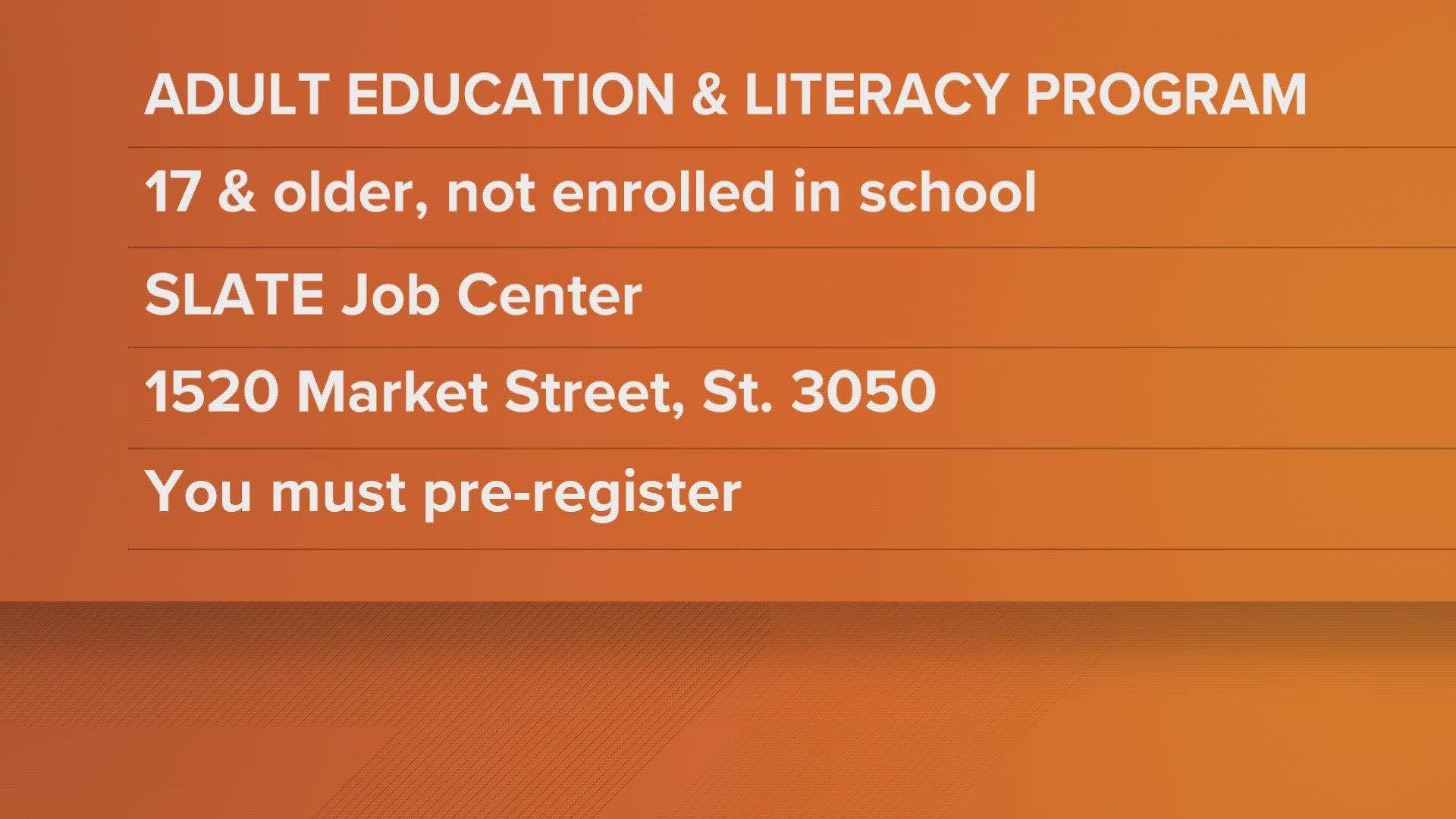Did your kids get a taste of the real world and decide that living off Mom and Dad was not so bad after all? Cheer up… you may still be able to claim them as dependents on your taxes.
Dependents can save money on your taxes in two ways: through individual exemptions and the potential eligibility for certain tax credits. Each dependent whom you can claim an exemption for reduces your taxable income by $4,050 for tax year 2017.
The Tax Cuts and Jobs Act (TCJA) removed the personal exemption from tax year 2018, but expanded the Child Tax Credit and kept the Dependent Care Credit in place, despite early talks of doing away with it. "The Dependent Care Credit can be very valuable. It was actually on the potential chopping block as far as the recent tax reform, but it survived," reports Betterment Head of Tax Eric Bronnenkant. "Let's say you have two kids, and let's say your employer offers a dependent care account, you're able to contribute up to $5,000 tax-free through your employer, and get reimbursed for dependent care expenses tax-free. And then on top of that, you also get another $200 credit effectively for another $1,000 worth of expenses."
How do you determine whom you can claim as a dependent for tax purposes?
Fundamentally, a dependent is self-explanatory; the individual must be dependent on you for the majority of their support. Your children are considered qualifying children for the exemption as long as they are less than 19 years old at the end of the tax year (or 24 years old if a full-time student), have lived with you for at least six months during the tax year (with exceptions such as schooling, medical treatment, or military service), and depended on you for more than half of their support.
Less straightforward cases involving divorce, disability, or other complicating factors are covered in IRS Publication 501, "Exemptions, Standard Deduction, and Filing Information."
Some people only think of their dependents as their children prior to them leaving the home, but other relatives may also qualify, including your children who no longer meet qualifying child status. Even non-relatives may qualify – examples include grandchildren, step-relatives, in-laws, parents, grandparents, or any other non-relative that lives with you all year. See Publication 501 for details.
To be a dependent, this person cannot be anybody's qualifying child and must meet citizenship criteria. They must also meet the "relative" test and have lived with you all year as a household member, have a gross income less than the individual exemption amount ($4,050 for tax year 2017) and meet the support criteria above.
It is not always required that the dependent live with you. For example, an elderly relative who requires long-term care in a nursing home may be claimed as a dependent if the other criteria are met.
When filing as married filing jointly, you will receive your tax exemption for a spouse without claiming him or her as a dependent (via a separate box to check on the 1040 form). You can claim your spouse as a dependent under married filing separately status if you choose to, but only if he or she is not filing a return, cannot be claimed as a dependent by any other taxpayer, and has no gross income to report.
If either you (or your spouse, if filing jointly) can be claimed as a dependent by anyone else, you cannot claim any dependents of your own.
Are you single and supporting a dependent? You may benefit from filing under the Head of Household status. This typically lowers your baseline taxes and leaves you eligible for some tax credits – the other method of tax savings through claiming dependents.
Tax credits are particularly useful because they subtract directly from your tax bill instead of merely reducing your taxable income, where you only receive benefits in proportion to the tax bracket you pay. In other words, if you are in the 25% tax bracket, a $100 tax deduction yields an extra $25 while a $100 tax credit yields a full $100 in savings.
Available dependent-related tax credits include the Earned Income Tax Credit, the Child Tax Credit, and the Child and Dependent Care Credit. Check the instructions for Form 1040 to determine if you and your dependents qualify. Instructions on how to calculate your credit are also included.
Make sure that you claim all of the dependents whom you are legally allowed to claim. After all, if your dependents are going to consume your resources and raid your refrigerator, you want to get as many tax savings out of the arrangement as you possibly can.
This article was provided by our partners at moneytips.com.
To Read More From MoneyTips:
Photo ©iStockphoto.com/monkeybusinessimages


